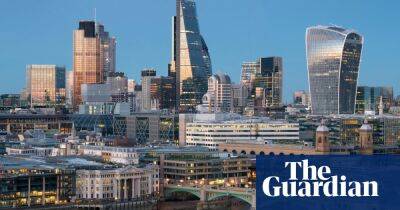The romance of train travel is still alive – but exorbitantly expensive
Amtrak trains leave New York from the Moynihan Train Hall, a vast Beaux Arts building that used to house the city’s main post office. Like its equivalents in London – Paddington or St Pancras – it is designed to give travellers a sense of soaring possibility, the first stage in a journey that might take them anywhere. Last week, over Easter, my two seven-year-olds and I boarded a train at Moynihan for the 19-hour journey to Chicago. We could barely have been more excited if we’d been setting out in covered wagons.
The romance of train travel is an anachronism that climate activists are keen to revive, but it’s a tough sell. In the US, the national train network is slow, patchy and underfunded. Amtrak teeters, apparently indefinitely, on the brink of bankruptcy, requiring multiple government subsidies – the latest, in November last year, totalled $66bn. In Britain, the issue is cost, too, although it’s one largely borne by the consumer. Andy Burnham’s recent Twitter fury about the cost of rail fares between London and Manchester – £369 for a last-minute return, which, as the mayor of Manchester pointed out, might buy you a return flight to Brazil – highlighted an exorbitant system so riven with fare rules as to make it unusable beyond the narrowest of circumstances.
All of which is a shame, given the potential of travelling by rail. It is vastly safer than driving. You can get stuff done on the way. If you can bear to look up from your phone for a moment, it can induce a dreamlike state that a veteran Amtrak steward once described to me as the “zen of train travel”. Commuter rail hell is one thing, but for journeys of two or more hours, there should be a level of comfort, cost and availability on trains that cars can’t
Read more on theguardian.com




![Loopring [LRC]: $5 billion trading volume milestone can have these repercussions - ambcrypto.com - city Santimentthe](https://finance-news.co/storage/thumbs_400/img/2022/5/26/27305_1ofb.jpg)











